Is Spray Foam Insulation Safe & Effective for Homes?
‘’ Is spray foam insulation safe and effective for homes?’’ is the question that comes to mind when choosing the right insulation. It is important to consider the safety and effectiveness of the insulating material. Keeping your home safe also contributes to its overall comfort.

In the race to choose the perfect insulation that will seal your home and reduce energy bills, spray foam stands out! Spray foam has gained so much popularity over the years because of its effectiveness and durability.
We will explore the benefits and safety considerations of spray foam insulation. As we move forward, we will also discuss common misconceptions about spray foam insulation that are invalid.
What is Spray Foam Insulation?
Spray foam insulation is popular for sealing walls, ceilings, floors, attics, etc. It is applied as a liquid and solidifies to create a barrier against heat transfer or air movement. Spray foam or polyurethane foam, as it is also referred to, is made by mixing two chemicals.

How Does Spray Foam Insulation Work?
Spray foam insulation works by sealing holes, gaps, and crevices that cause building heat loss. Spray foam insulation creates both a thermal barrier for heat resistance and a moisture barrier to prevent condensation and mold growth in buildings.
Polyol resin and isocyanate compound are the two main components that react to form spray foam. The combination of the two chemicals causes a chemical mixture that expands rapidly and changes from liquid to foam. Spray foam hardens after application, filling the insulated area and even tiny spaces around it.
Safety Considerations With Spray Foam Insulation
Over the years, spray foam insulation has gained so much popularity due to its effectiveness. However, many homeowners are concerned about the safety of using spray foam insulation due to its chemical composition. In this section, we will discuss the safety considerations every DIY enthusiast or homeowner should have in mind when dealing with spray foam insulation.
1. Chemical Components
The two main components in spray foam are polyol resin and isocyanate. Polyol resin is one part of spray foam insulation that consists of amine catalysts, flame retardants, and polyol. The effects of prolonged exposure to these chemicals include skin irritation, glaucoma, and even lung irritation. On the other hand, isocyanate is known to be an asthma-causing material.
When these two chemicals are mixed, they create a fume hazardous to your health when inhaled. However, the foam is no longer dangerous when it is fully cured. It is important to wear a respirator during application and allow the foam to cure for at least 24 hours.
2. Installation Process
The installation process is an important aspect of spray foam insulation. When handled by an inexperienced person, it can be disastrous! When installing spray foam, it gives off fumes and volatile chemicals. Therefore, it is necessary to always put on protective gear (PPE) when installing spray foam. The protective gear includes respirators, gloves, and safety goggles. This is important to protect yourself from skin irritation and eye irritation.
Proper ventilation is another essential precaution during the installation process of foam insulation. It helps faster the dissipation of fumes and other harmful chemicals.
3. Off-Gassing
Off-gassing is another problem with installing spray foam insulation. Off-gassing refers to the release of volatile organic compounds into the air. Contrary to a popular misconception about spray foam, off-gasses produced by spray foam only last a couple of hours. In other words, the off-gassing of spray foam is not a permanent problem. In addition, using spray foam products with very low VOC will produce little off-gas.
Common Concerns and Misconceptions
Spray foam insulation has proven to be effective over the years, but many homeowners still have some misconceptions and concerns. These myths and misconceptions are prevalent because many people do not understand spray foam insulation. In this section, we will discuss these popular misconceptions and debunk them.
1. Health Risks
Spray foam insulation is not a health risk. But some people think otherwise, which is a popular misconception about spray foam insulation. This misconception is caused by the notion that spray foam releases toxic gases after installation, which is false.
Spray foam releases off-gas but only during the application and curing process. However, when fully cured, it is safe for everyone and environmentally friendly. Therefore, it is important to allow spray foam insulation to cure for at least 24 hours.
2. Environmental Impact
Some people believe that spray foam insulation is dangerous to the environment. They believe spray foam contributes to ozone depletion and global warming potential (GWP). The notion behind this misconception is that spray foam contains harmful blowing agents such as chlorofluorocarbons (CFCs) and hydrochlorofluorocarbons (HCFCs).
These misconceptions are invalid because modern spray foam products use hydrofluorocarbons (HFCs) as blowing agents with negligible ozone depletion potential.
3. Hiring a Professional for Spray Foam Insulation Installation
There is a common misconception about spray foam insulation that hiring a professional for spray foam insulation installation is a waste of resources. As with so many other aspects of life, experience is essential to get things done right.
Professional installers are experienced and know the right amount of insulation to apply. In addition, they have the right equipment to do a great job. Contact a professional rather than risk doing a poor job by yourself. Nevertheless, you can learn how to insulate like a Pro.
What are the Types of Spray Foam Insulation?
Spray foam insulation comes in two varieties. They both offer excellent thermal insulation but differ in density and R-value. Here is an article on Closed Cell Vs Open Cell Insulation.
1. Open-Cell Foam Insulation
Open-cell foam insulation is less dense and has an open-cell structure which makes it absorbent to moisture. It offers an R-value of R3 to R3.5 per inch thickness, making it suitable for sealing walls, ceilings, floors, etc. Open-cell spray foam is less expensive and suitable for soundproofing buildings. Moisture absorption is a drawback of using open-cell spray foam.
2. Closed-Cell Foam Insulation
As the name suggests, the cells in closed-cell insulation are entirely closed. It has a higher density and better moisture resistance than open-cell. Closed-cell spray foam provides an R-value within the R6 to R7 per inch thickness range. It is used for sealing all kinds of buildings and areas with extreme weather conditions. However, closed-cell insulation is expensive.

Benefits of Spray Foam Insulation
The benefits of using spray foam for home insulation cannot be overemphasized. Spray foam offers the best thermal insulation properties. The benefits of spray foam insulation include the following:

1. Energy Efficiency
More than 50% of energy consumption is spent on keeping the home warm. This is because there are tiny spaces around the building that causes heat loss, causing the HVAC system to consume more energy. Spray foam makes your home energy-efficient by blocking out these tiny spaces in walls, ceilings, floors, and basement.
2. Air Sealing
Spray foam insulation helps create an air-tight environment by sealing building gaps. By effectively doing this, it improves the indoor air quality for allergic people. The air-sealing capabilities of spray foam also help maintain a constant temperature and protect against pests, rodents, and pollutants.
3. Moisture Control
Moisture control is another benefit of using spray foam insulation. Moisture reduces the structural strength of buildings over time. Spray foam creates a vapor barrier that prevents water from seeping into your home. Spray foam helps to reduce condensation, mold growth, and mildew.
Effectiveness of Spray Foam Insulation
Spray foam insulation is the most effective way to keep your space comfortable and warm. Here are some of the ways spray foam insulation proves dominance over other insulation methods.

1. Thermal Performance
Regarding thermal performance, spray foam offers a very high R-value. The R-value of the insulating material measures thermal performance. In essence, R-value indicates how well an insulating material resists heat transfer.
2. Soundproofing
Spray foam insulation also offers soundproofing benefits. Spray foam reduces noises by absorbing sound waves. This is possible because foam cells trap sound from moving between floors or through walls. The thickness of spray foam insulation contributes to its soundproofing capabilities.
3. Durability
Spray foam is durable and can last up to a lifetime when installed properly. Spray foam insulation does not settle or compact with time; it maintains its thickness and effectiveness for years. The longevity of spray foam insulation makes it a wise investment for your home.
Conclusion
Is Spray foam insulation safe and effective for homes? - Yes. Spray foam insulation has proven to be the most effective way to save money on energy consumption while keeping your home comfortable.
Many homeowners have raised concerns over the safety of spray foam insulation because of certain factors, such as the chemical components, the installation process, and off-gassing. These concerns have led to different misconceptions concerning spray foam insulation.
In a nutshell, these concerns become invalid once you come to terms with how spray foam works. Spray foam contains hazardous components, but once it is properly installed and it is fully cured, spray foam insulation is safe and conducive for everyone. That said, the best way to enjoy the benefits of spray foam insulation is to install it properly using Fast Coat Product.
FAQs
Is it safe to be home during spray foam insulation?
No, spray foam gives off VOC and fumes during insulation that are harmful when inhaled. It is advisable to stay away from your home for at least 24 hours after installation to allow the foam to cure properly.
When should you not use spray foam insulation?
Spray foam insulation is a procedure that requires proper installation to avoid complications. That said, do not opt for spray foam insulation as a DIY process without using the right guideline. The places not to use spray foam are close to open flame, around ceiling lights, or close to electrical boxes.
Which spray foam insulation is the safest?
The safest spray foam insulation products have low volatile organic compounds (VOCs). They are environmentally friendly with negligible ozone depletion potential. Fast Coat is a carbon-neutral, closed-cell spray foam product with low ozone depletion potential.
Should I spray foam or not?
Spray foam is essential if you plan to save money on energy bills while keeping your space comfortable.
Does spray foam need ventilation?
Proper ventilation is necessary during spray foam installation. Ventilation helps to maintain a safe indoor environment and to dissipate fumes faster.
Can I sleep in my house after spray foam?
Yes, you can sleep in your house after installing spray foam. However, the curing time for spray foam should be at least 24 hours after installation.
Can spray foam insulation cause mold growth?
Spray foam insulation helps to eliminate mold growth when it is properly installed. Spray foam also helps to prevent moisture buildup, condensation, and mold growth.
How long does spray foam insulation last?
You can use spray foam insulation for up to 80 years without replacing it. This is enough time to break even with the high cost of installation.
Author : Krakenbond Team


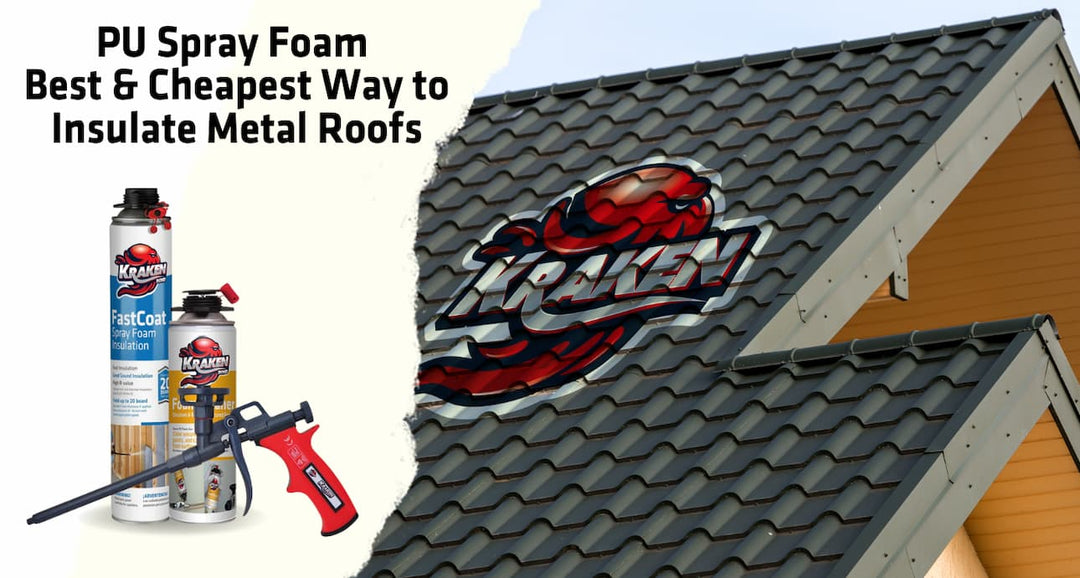
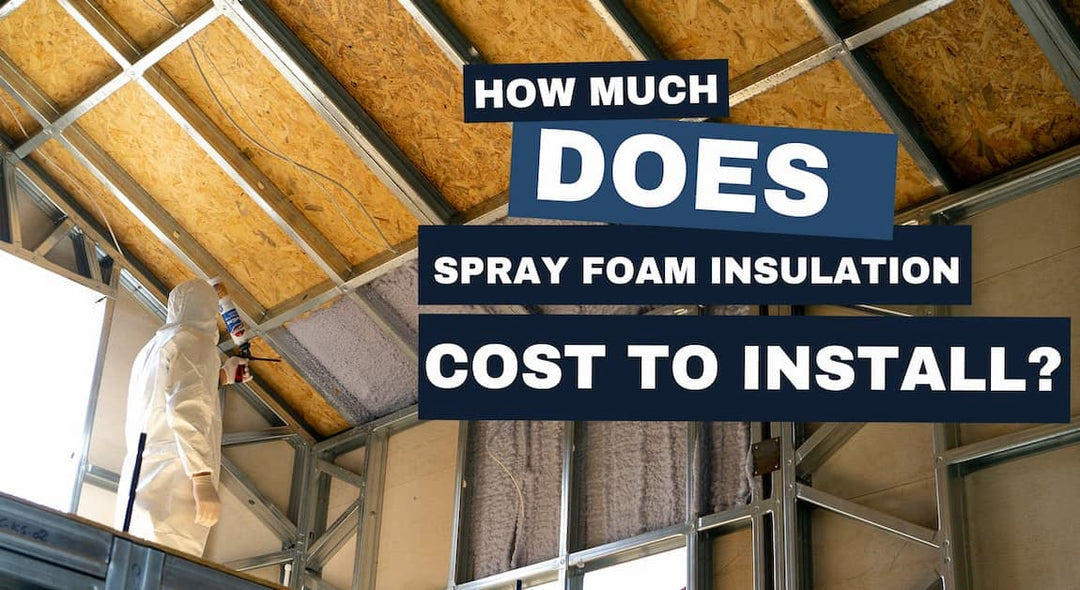
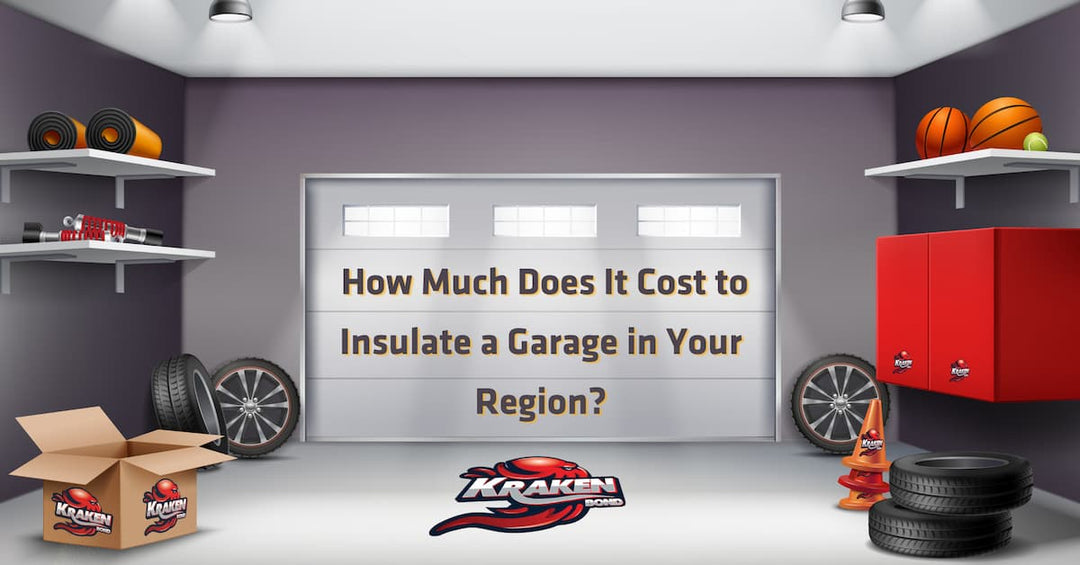
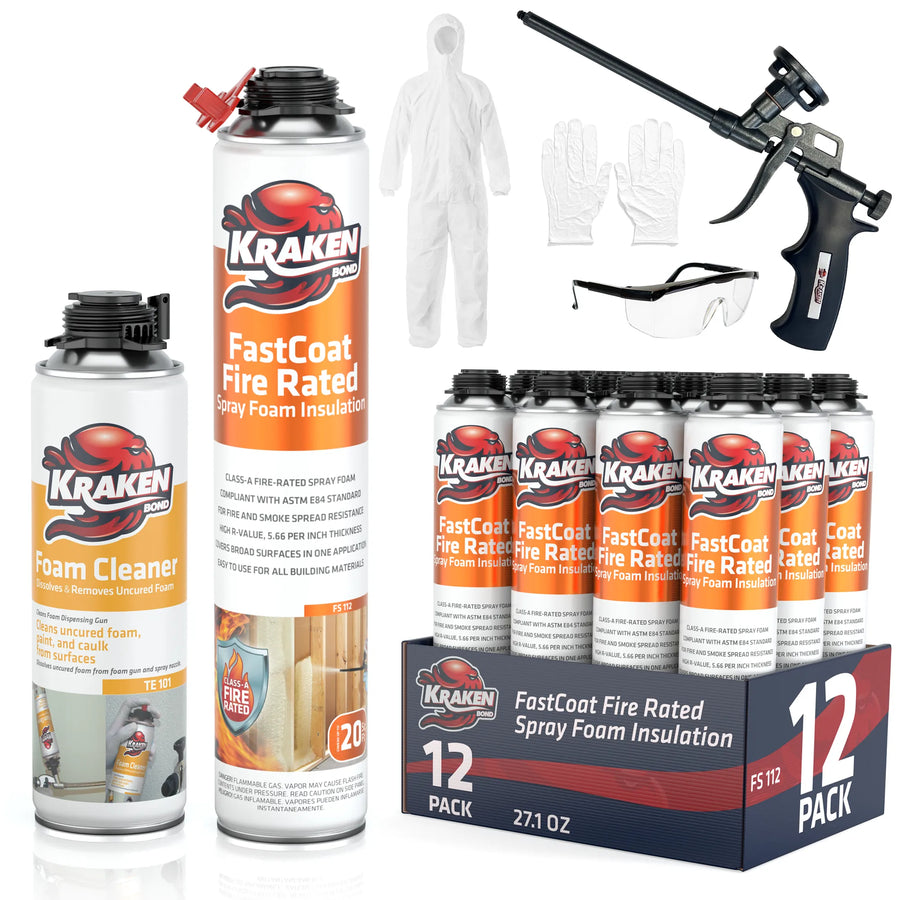




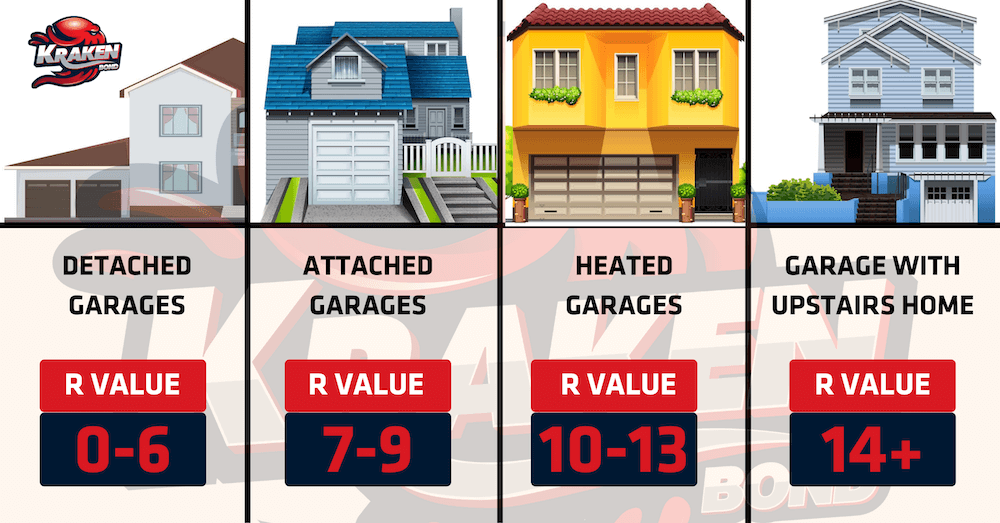
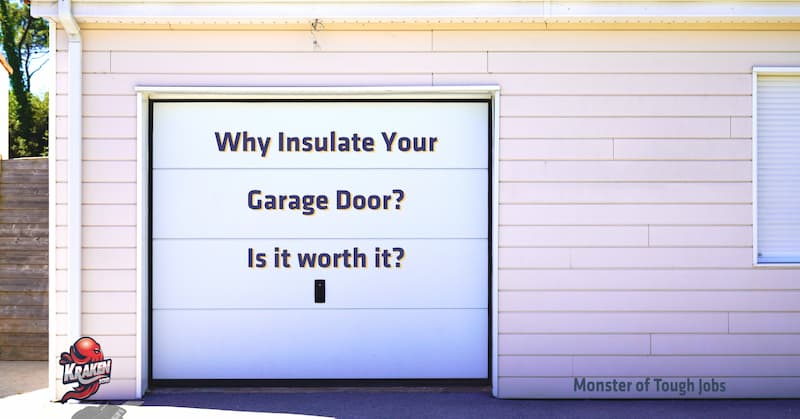
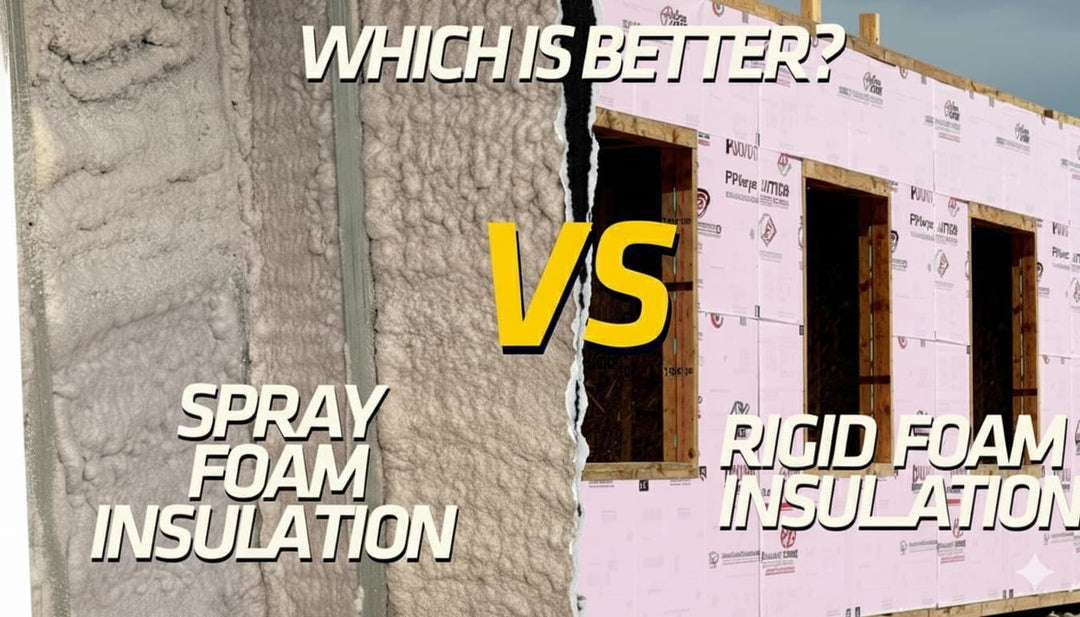
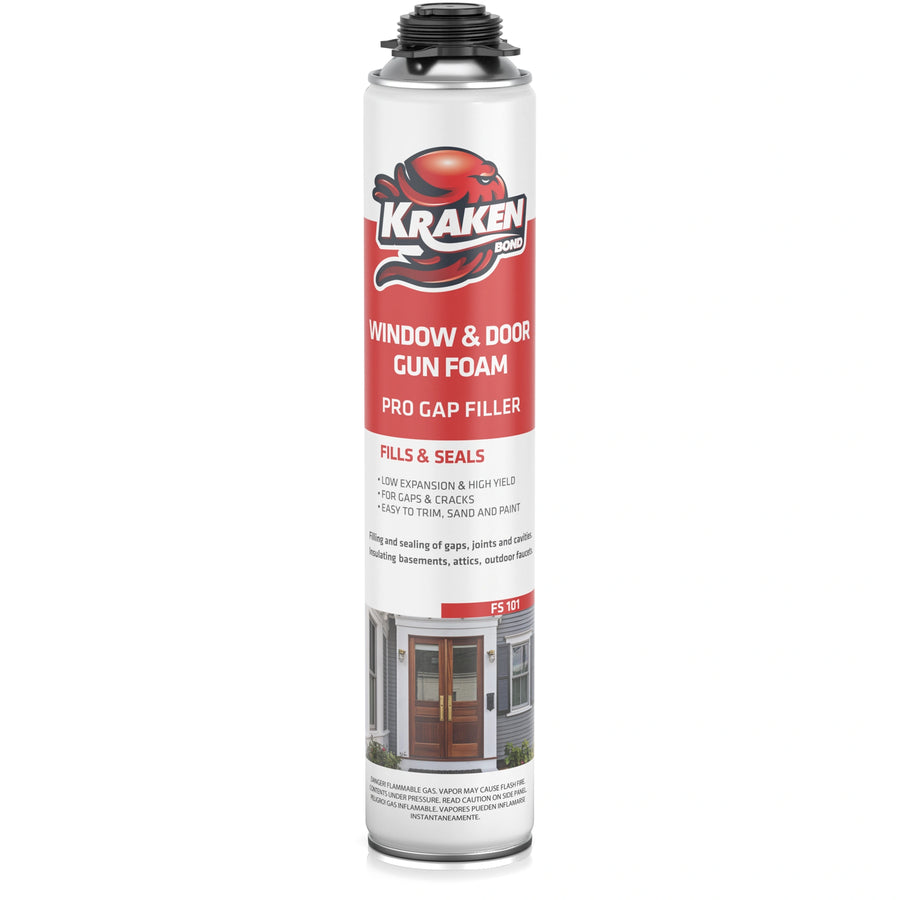
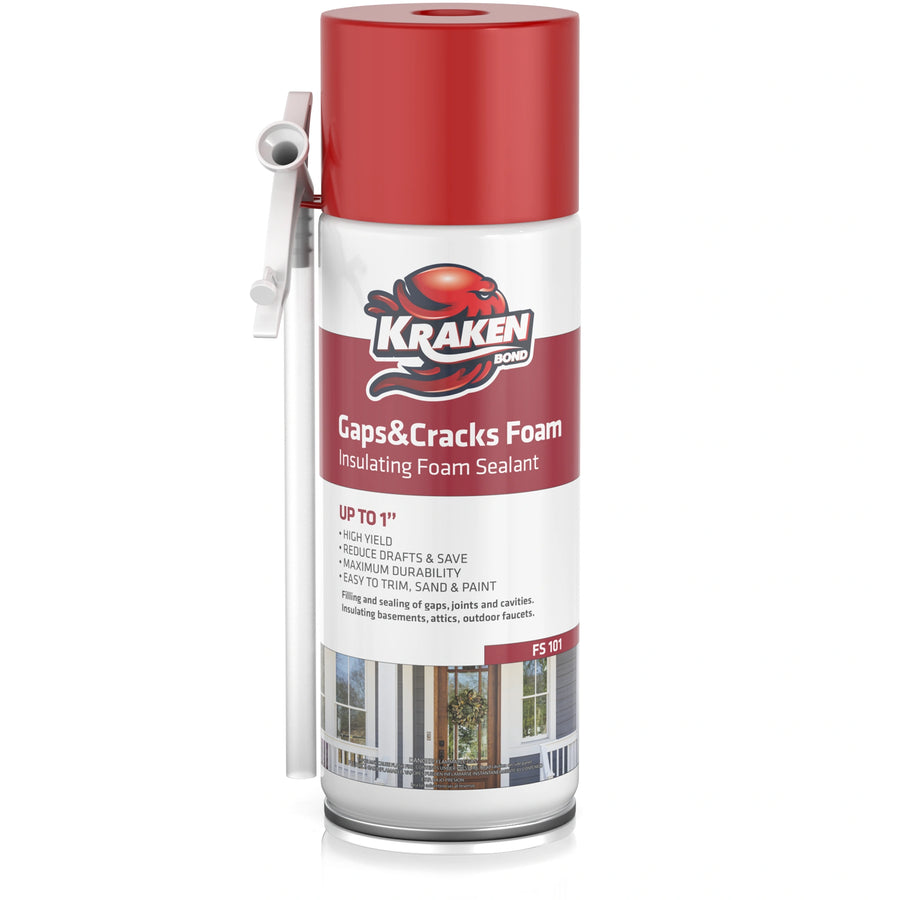
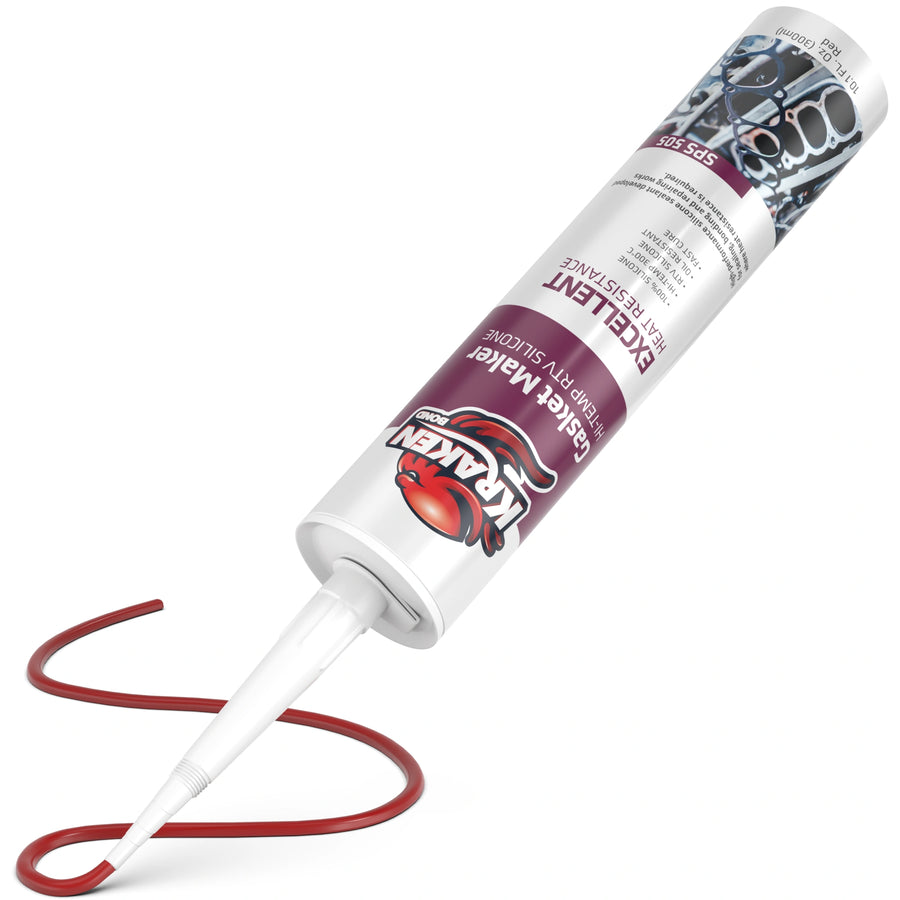
Leave a comment